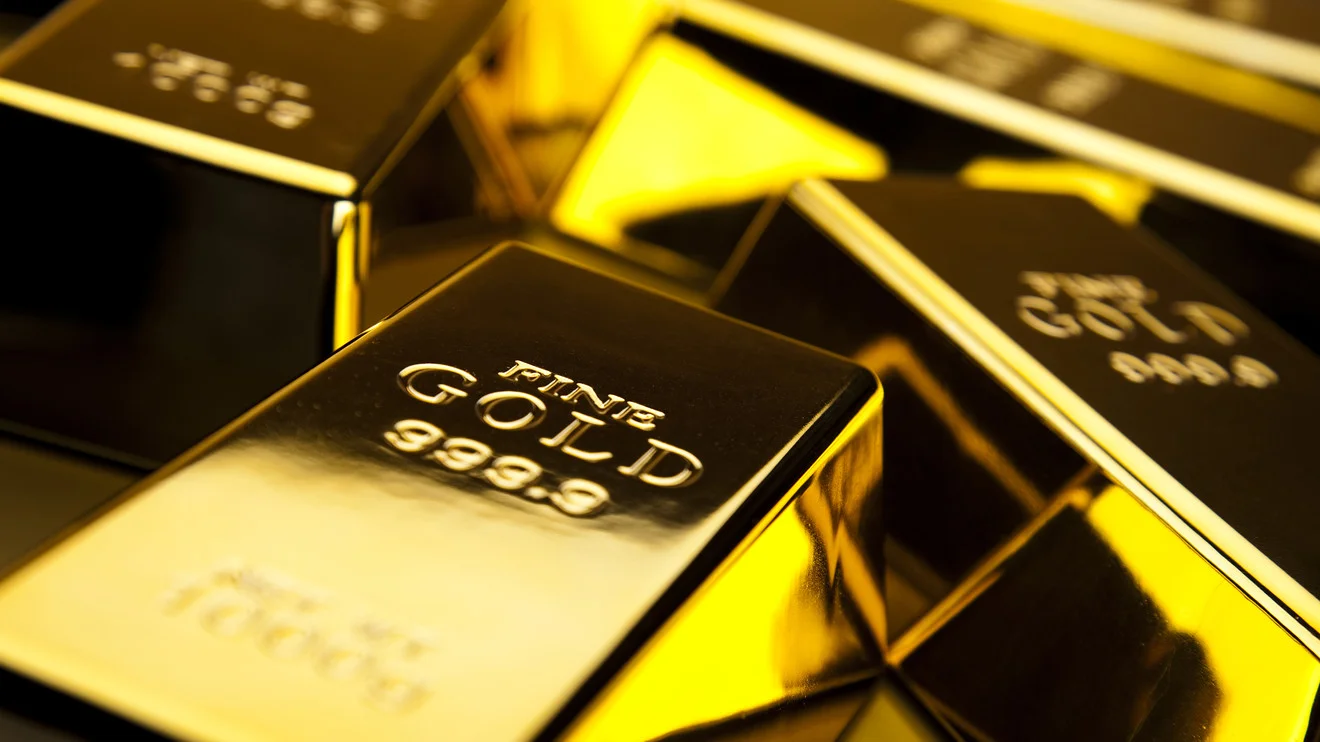The Glittering Legacy of Gold: Understanding the History, Importance, and Environmental Impact of the World's Most Precious Metal
Gold, a precious metal with a shimmering yellow hue, has captivated the hearts and minds of humans for centuries. It is a symbol of wealth, power, and beauty, and its allure has led to its widespread use in jewelry, coins, and art. But gold is much more than just a pretty metal. It has a rich history that spans the globe, and its impact on the world has been immense.
The history of gold can be traced back to ancient civilizations. The Egyptians, for example, used gold in their jewelry and religious artifacts, while the Romans used it to mint coins and decorate their buildings. Throughout the centuries, gold has been sought after by countless explorers and adventurers, who sought to find new sources of the precious metal and claim its wealth for themselves. This quest for gold has led to the discovery of new lands, the establishment of new kingdoms, and the creation of new wealth.
Today, gold continues to be a symbol of wealth and power. It is a popular investment for individuals and institutions, and it is often used as a hedge against economic and political instability. The value of gold is determined by supply and demand, and it is widely recognized as a store of value that is immune to the fluctuations of other currencies. In times of economic uncertainty, the value of gold often rises, as investors flock to the precious metal as a safe haven for their wealth.
In addition to its role as an investment, gold also has a number of practical uses. It is a key component in the electronics industry, as it is used in the production of circuit boards, computers, and smartphones. Gold is also used in the medical field, as it is a safe and non-reactive metal that can be used in dental work and in the treatment of diseases.
Despite its many uses, the mining of gold has had a significant impact on the environment. The process of extracting gold from the Earth often involves the use of harmful chemicals and pollutants, which can leach into the soil and water and cause serious harm to the environment and wildlife. In addition, the large-scale mining of gold can also lead to the displacement of local communities and the destruction of valuable ecosystems.
To address these environmental concerns, there has been a growing movement toward sustainable and responsible mining practices. Many mining companies are now implementing environmentally friendly mining methods that minimize the impact of mining on the environment and wildlife. They are also working to improve the lives of local communities, by providing jobs, education, and health care, and by investing in environmental conservation projects.
Gold is a precious metal that has had a profound impact on the world for centuries. Its allure as a symbol of wealth and power has led to its widespread use in jewelry, coins, and art, and its value as an investment has made it a critical component of the world's economy. Despite its environmental impact, the mining of gold continues to play an important role in the world, and the industry is now working to reduce its impact on the environment and support local communities. Whether you are an investor, a consumer, or an environmentalist, the impact of gold on the world is clear, and its importance is undeniable.
Labels: and Environmental Impact of the World's Most Precious Metal, Business, Gold, Importance, Interesting, The Glittering Legacy of Gold: Understanding the History


0 Comments:
Post a Comment
Subscribe to Post Comments [Atom]
<< Home